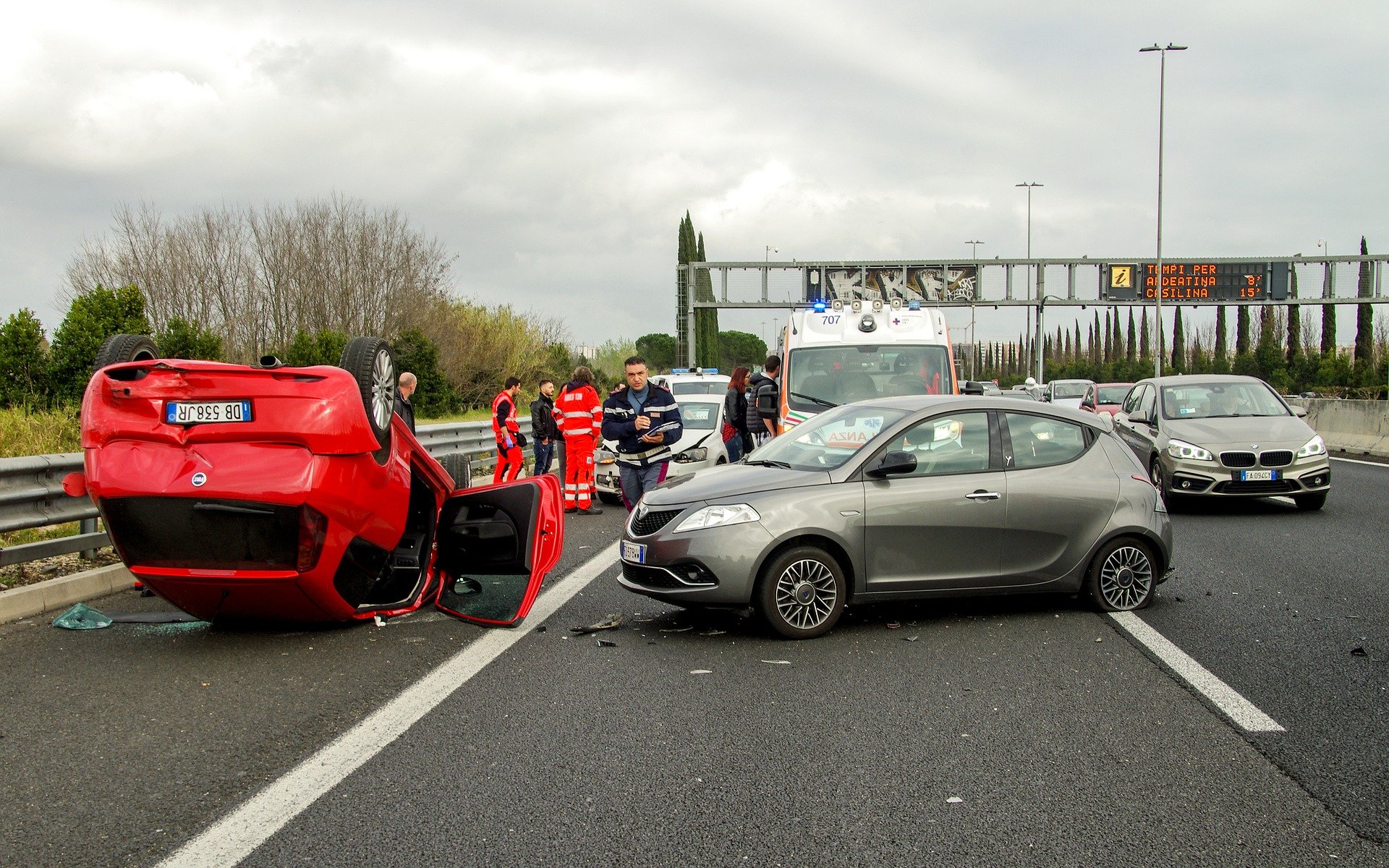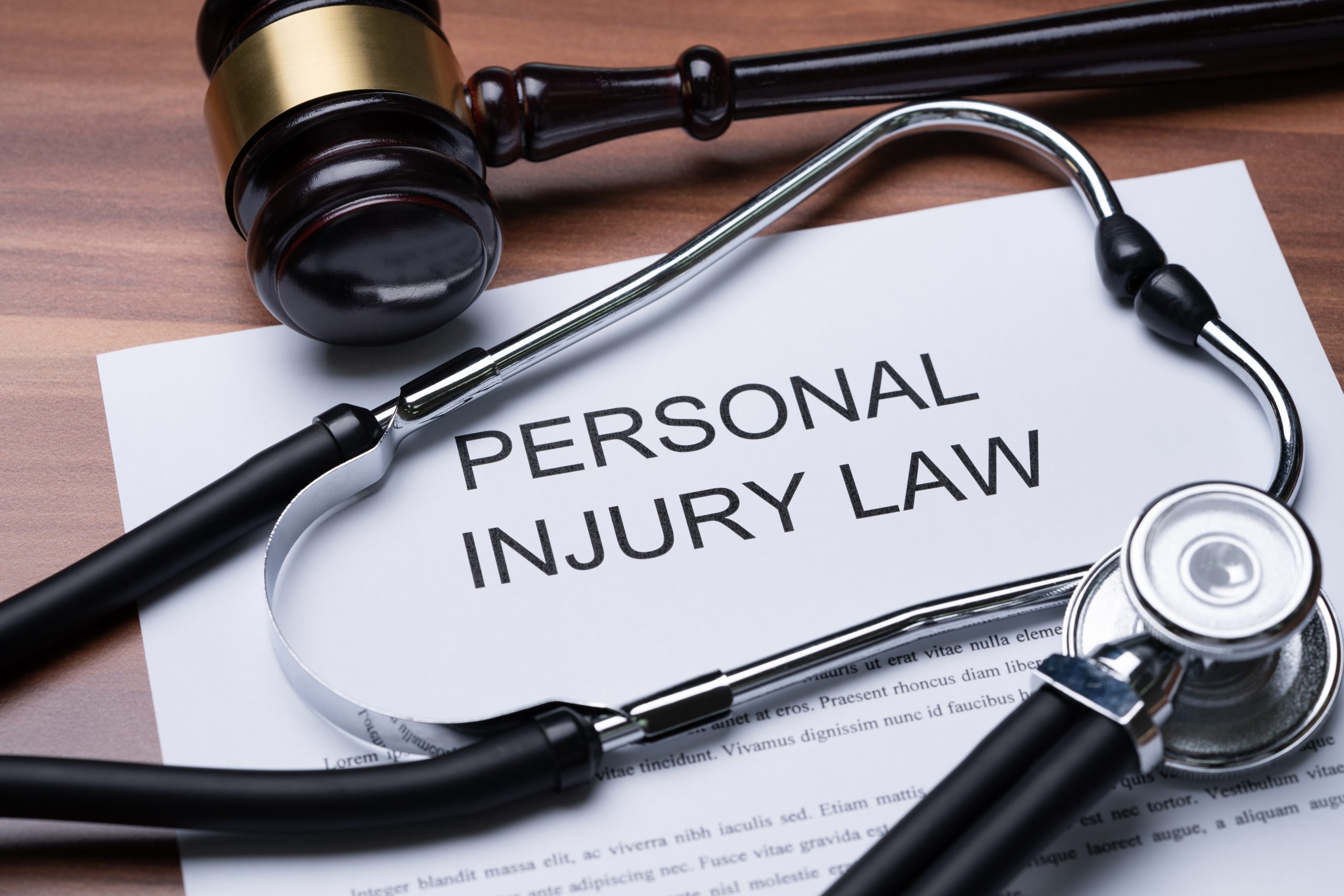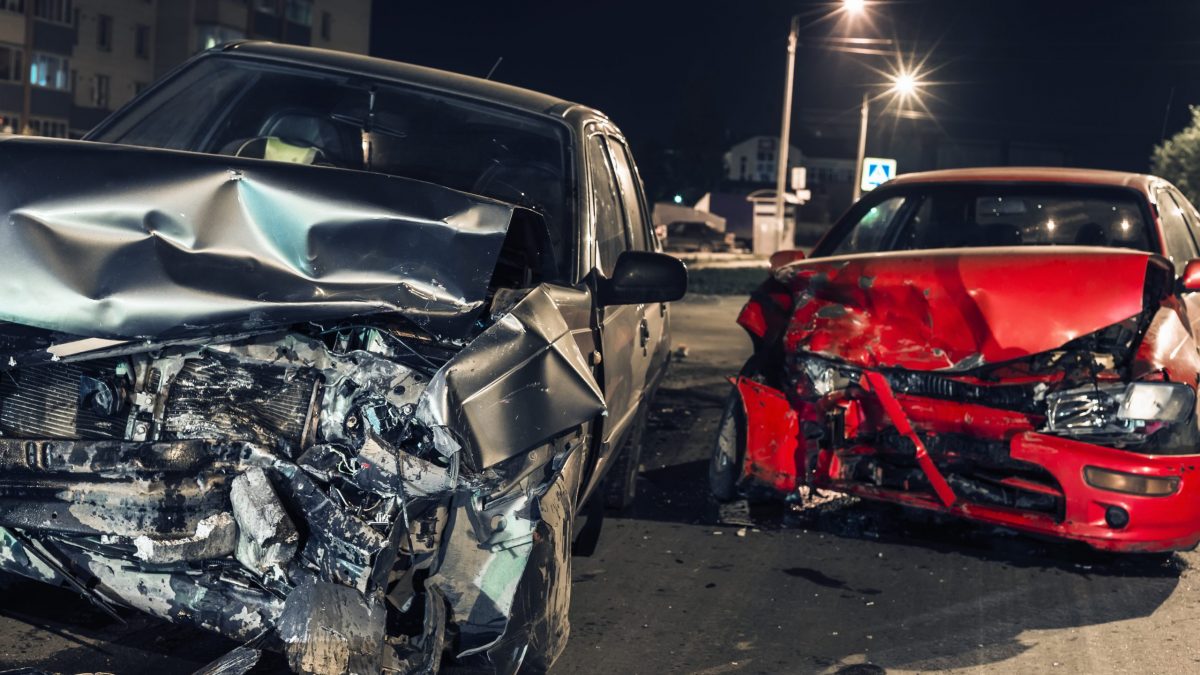
Car Accident Lawsuit: 5 Mistakes That Can Ruin It
December 16, 2020
The Advantages of Hiring a Personal Injury Lawyer
December 16, 2020Being involved in an accident — especially a serious accident with injuries — can be one of the most jarring and life-changing experiences one can have. Statistically, the average driver has one car accident every 17.9 years, which means that they will be in three or four accidents in their lifetime. Still, very few drivers adequately educate themselves as to the steps that they will take after a car crash. According to the attorneys at langdalelaw.com, there are steps that every driver should take to ensure their safety and to preserve evidence for their insurance claim. We’ve established a list of five steps all drivers should take immediately after a car accident.
1. Move to Safety
This can be a little tricky. After an accident, you’re likely to be disoriented and may be in physical pain. You may be safer remaining in your car, but if that’s not an option, scan the area for a safe place to move to: a sidewalk, in the median, etc. Before exiting your vehicle, watch for traffic that you might step out into.
2. Call 911
Chances are good that you won’t be the only one calling, but you may be the best person to give the dispatcher the information they will need. Emergency dispatchers are trained to speak to people in distress, but try to remain calm and use an even tone of voice. The dispatcher will want to know your location, direction of travel, whether there are any injuries, the number of vehicles involved, and the description. If you don’t know where you’re located, try to use a landmark to describe your location.
3. Photograph and Video-Record Evidence
Using your cellphone to take pictures and video of the scene could be invaluable if you have an injury case that later goes to court. From a safe vantage point, try to get images of the vehicles, the damage to them, debris on the roadway, and skid marks. You can also use your camera to take images of street signs or road markers that indicate the exact location. If you take video, you can use still frames to get the images you want.
4. Get Medical Attention
Even if you don’t feel like you’ve been hurt, you should allow EMTs to give you a cursory examination on scene. If they feel that you should be transported to the emergency room, allow them to take you. If not, follow up with your doctor at your earliest convenience. This will establish a baseline for your injuries.
5. Speak to a Personal Injury Attorney Before Accepting a Settlement
The insurance company will be very proactive in paying your claim. An adjuster may even offer you a check in the first 24 hours. What they’re trying to do is to mitigate their liability in the accident. The check will usually cover your initial medical expenses and your vehicle damage, but under the law, you may be entitled to much more. Personal injury attorneys work on a contingency basis and will only take your case when they see upside potential from the insurance company’s initial offer. If you accept an insurance company settlement, they’ll require you to sign a waiver, and you won’t be able to pursue additional damages.





